This article needs additional citations for verification .(May 2015) |

Christian Anton Goering (18 September 1836, Thonhausen - 7 December 1905, Leipzig) was a German naturalist, painter and graphic artist who spent several years in Venezuela.
This article needs additional citations for verification .(May 2015) |

Christian Anton Goering (18 September 1836, Thonhausen - 7 December 1905, Leipzig) was a German naturalist, painter and graphic artist who spent several years in Venezuela.
He learned taxidermy from his father, who was a member of several ornithological societies. It was at a meeting of one of these societies that he met Christian Ludwig Brehm who helped him obtain a position at the Ornithological Museum of the University of Halle, where he worked under the direction of Hermann Burmeister. From 1856 to 1858, they travelled in South America and he decided to pursue his interests in natural history. He also went to London, where he took lessons from the zoological artist Joseph Wolf. While he was there, the Secretary of the Zoological Society, Philip Sclater, asked him to go to Venezuela to collect specimens for the British Museum. [1]

In 1866, he arrived in Venezuela at the port of Carúpano, where he began collecting. During May and June 1867, he visited the town of Caripe and explored the Cueva del Guácharo, collecting specimens of the elusive oilbird. After that, he spent some time in central Venezuela, collecting zoological specimens and Pre-Columbian artifacts.
Following extensive travels that included a visit to Curaçao, he came to a stop in Mérida in 1869, where he discovered a natural bridge over a local stream. This prompted him to create a series of watercolors depicting the landscapes and folk customs in the surrounding area.
He stayed in the Andes from 1869 to 1872, then spent some time in Colonia Tovar, a German settlement near the coast, before returning to Caracas. While there, he shared notes with the English spelunker, James Mudie Spence (1836-1878). They also joined to create and promote an artistic salon which came to be known as the "Exposición Anual de Bellas Artes Venezolanas". Goering presented over 50 drawings and watercolors at their first exhibition in 1872. [1] Later that same year, he and Spence participated in an expedition to climb the Pico Naiguatá. Goering returned to Germany in 1874.

In 1879, a selection of his drawings was published in Die Gartenlaube then, after eighteen years of organizing his notes and drawings, they were published in 1893 as Von Tropische tieflande zum ewigen schnee (From Tropical Lowlands to Everlasting Snow). [1] This work was not translated into Spanish until 1962 when, on the occasion of its 150th anniversary, the University of the Andes published it under the title Venezuela, el más bello país tropical (Venezuela, the Most Beautiful Tropical Country). A new translation, with the original title, appeared in 1993.
Duke Ernst I of Saxe-Altenburg named him a Professor and awarded him the Saxe-Ernestine House Order. He was also a corresponding member of the Zoological Society of London. [1] In 1957, when the speleologist Eugenio de Bellard Pietri discovered new galleries in the Cueva del Guácharo, he named one after Goering.

Friedrich Wilhelm Heinrich Alexander von Humboldt was a German polymath, geographer, naturalist, explorer, and proponent of Romantic philosophy and science. He was the younger brother of the Prussian minister, philosopher, and linguist Wilhelm von Humboldt (1767–1835). Humboldt's quantitative work on botanical geography laid the foundation for the field of biogeography, while his advocacy of long-term systematic geophysical measurement pioneered modern geomagnetic and meteorological monitoring.

Johann Reinhold Forster was a German Reformed (Calvinist) pastor and naturalist of partially Scottish descent who made contributions to the early ornithology of Europe and North America. He is best known as the naturalist on James Cook's second Pacific voyage, where he was accompanied by his son Georg Forster. These expeditions promoted the career of Johann Reinhold Forster and the findings became the bedrock of colonial professionalism and helped set the stage for the future development of anthropology and ethnology. They also laid the framework for general concern about the impact that alteration of the physical environment for European economic expansion would have on exotic societies.

Johann Büttikofer was a Swiss zoologist who worked at the Blijdorp Zoological Garden in Rotterdam. After his retirement he settled in Bern, Switzerland. For his extensive contributions to the knowledge of Liberian fauna based on two zoological expeditions to the Republic of Liberia he is regarded as the 'Father of Liberian Natural History'.
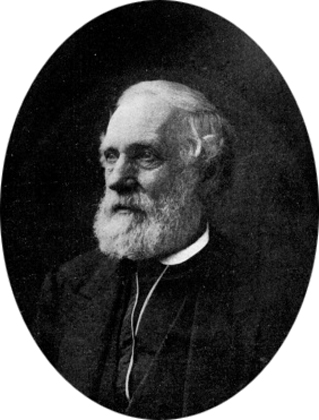
Titian Ramsay Peale was an American artist, naturalist, and explorer from Philadelphia, Pennsylvania. He was a scientific illustrator whose paintings and drawings of wildlife are known for their beauty and accuracy.

Rodolfo AmandoPhilippi was a German–Chilean paleontologist and zoologist. Philippi contributed primarily to malacology and paleontology. His grandson, Rodulfo Amando Philippi Bañados (1905-1969), was also a zoologist and in order to avoid confusion in zoological nomenclature, the elder is referred to as "Philippi [Krumwiede]" to distinguish him from his grandson "Philippi [Bañados]".
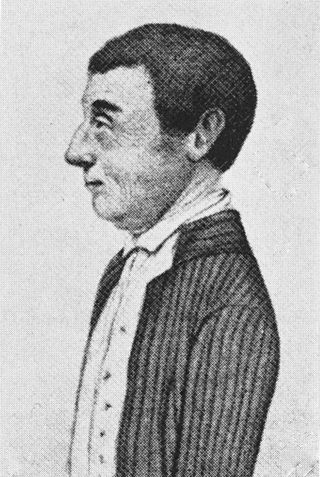
John Abbot was an American naturalist and artist. He was the first artist in the New World to create an extensive series of insect drawings and to show insects in all stages of development. In addition to more than 3,000 insect illustrations, he also produced drawings of birds and plants. To facilitate his work he collected a great number of insects and reared thousands more. He was considered one of the best insect illustrators of his era and his art and insect collections were sold to an eager market in London.
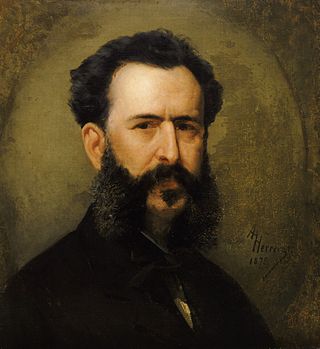
Martín Tovar y Tovar was a Venezuelan painter, best known for his portraits and historical scenes.

Eugenio de Bellard Pietri was a noted speleologist. He was the founder of speleology in Venezuela and a member of the Academy of Sciences and Letters of Venezuela, vice-president of the Venezuelan Society of Natural Sciences and director of its speleological groups since 1952 when he founded this section. He was also a member of several speleological and conservation societies such as the French Federation of Speleology, the Explorers Club and the National Speleological Society (USA).
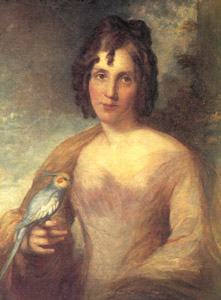
Elizabeth Gould, née Coxen (1804—1841), was a British artist and illustrator at the forefront of the natural history movement. Elizabeth traveled and worked alongside her husband, naturalist and author John Gould. She produced illustrations and lithographs for ornithological works, including plates in Darwin's The Zoology of the Voyage of H.M.S. Beagle and the Goulds' seminal work The Birds of Australia. In total, Elizabeth is accredited to at least 650 works.

Gould's jewelfront or Gould's brilliant is a medium-sized hummingbird in the family Trochilidae. It is found in tropical and equatorial South America. This is an uncommon species with an unusually large range compared to the other members of Heliodoxa.

The chestnut-crowned gnateater is a species of bird in the family Conopophagidae. It is found in Colombia, Ecuador, and Peru.

The black-capped donacobius is a conspicuous, vocal South American bird. It is found in tropical swamps and wetlands in Argentina, Bolivia, Brazil, Colombia, Ecuador, French Guiana, Guyana, Paraguay, Peru, Suriname, and Venezuela; also Panama in Central America.
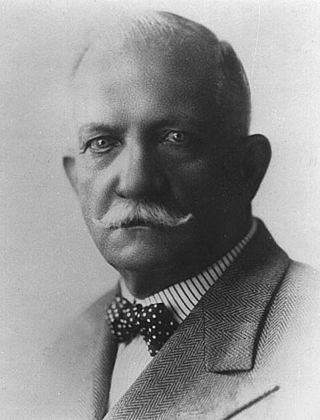
Dr. Alfredo Jahn Hartman was a Venezuelan civil engineer, botanist and geographer. Jahn was a member of the Academy of History, the Academy of Physical Sciences, Mathematics and Naturalist of Venezuela and the Venezuelan Society of Natural Sciences and achieved the Order of the Liberator. He was also an explorer and mountain climber. There is a large cave named after Jahn, "Cueva Alfredo Jahn". In 1911 he became the first person to ascend Pico Humboldt in the Sierra Nevada de Mérida in Venezuela.
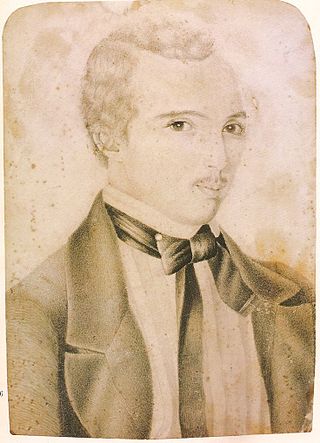
Juan Lovera was a Venezuelan painter, best known for his portraits and historical scenes relating to his country's independence movement.
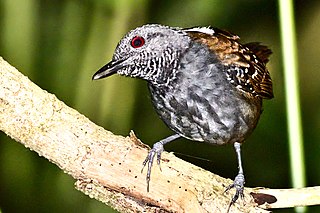
The Magdalena antbird is a species of bird in the family Thamnophilidae. It is found in Colombia and Venezuela. Its natural habitats are subtropical or tropical moist lowland forests and subtropical or tropical moist montane forests.
German Venezuelans are Venezuelan citizens who descend from Germans or German people with Venezuelan citizenship. Most of them live in Caracas, Maracaibo, Valencia, Colonia agrícola de Turén, El Jarillo, and Colonia Tovar where a small-reduced and decreasing minority of people speak the Colonia Tovar dialect, a German-derived dialect from their ancestry, and the Spanish language.
Extracts from Letters to Henslow, taken from ten letters Charles Darwin wrote to John Stevens Henslow from South America during the second survey expedition of HMS Beagle, were read to the Cambridge Philosophical Society on 16 November 1835 by Henslow and Adam Sedgwick, followed on 18 November by geological notes from the letters which Sedgwick read to the Geological Society of London. On 1 December 1835 they were printed as a pamphlet for private distribution.

Ferdinand Konrad Bellermann was a German painter and naturalist, who specialized in scenes of Venezuela.

Pedro Trebbau was a German-born Venezuelan zoologist. His career was characterized by the promotion and preservation of Venezuelan wildlife and nature. His research and collaboration with the herpetologist Peter Pritchard produced the still-extant reference book on The Turtles of Venezuela.
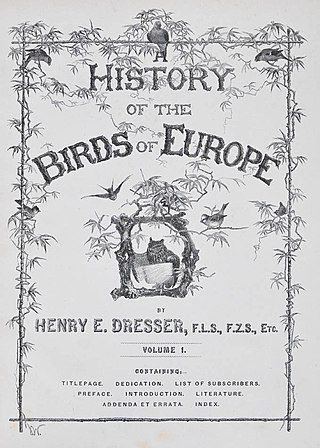
A History of the Birds of Europe, Including all the Species Inhabiting the Western Palearctic Region is a nine-volume ornithological book published in parts between 1871 and 1896. It was mainly written by Henry Eeles Dresser, although Richard Bowdler Sharpe co-authored the earlier volumes. It describes all the bird species reliably recorded in the wild in Europe and adjacent geographical areas with similar fauna, giving their worldwide distribution, variations in appearance and migratory movements.